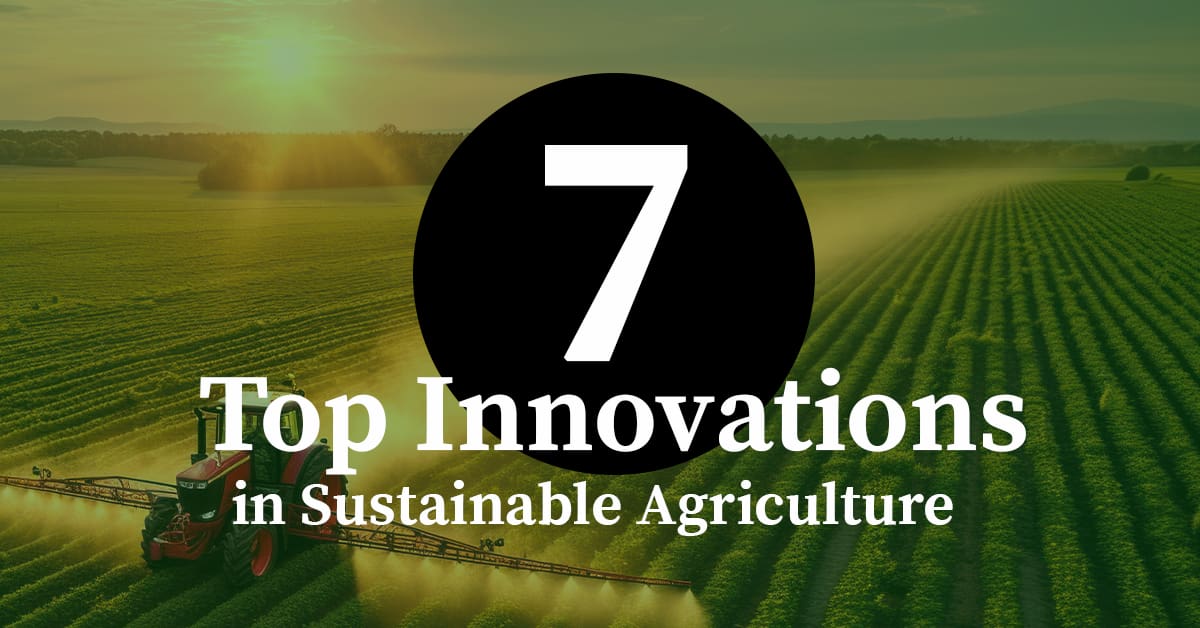 As we start looking toward 2023, we are evaluating what next year will bring. As always in agriculture, the cyclical seasonality can sometimes make each new year feel similar to the last. Although there are certainly some trends we see continuing from 2022, we also see new trends on the horizon for agriculture in 2023.
As we start looking toward 2023, we are evaluating what next year will bring. As always in agriculture, the cyclical seasonality can sometimes make each new year feel similar to the last. Although there are certainly some trends we see continuing from 2022, we also see new trends on the horizon for agriculture in 2023.
- An increase in bionematicide use and innovation. We are starting to see results from bionematicide trials and studies that show products that have efficacy that’s close to conventional chemistry. Nematodes can be difficult to control. So, having biological products with similar control to conventional chemistry holds a lot of potential for companies and for growers to have effective alternatives. This is a category where biologicals have the potential to begin replacing chemistry as soon as 2023.
- More products using genome editing. Genome editing is a very powerful and exciting tool. However, the development of meaningful products requires the knowledge of a solid biological basis for the trait aimed to be modified. The investment of companies, universities and research institutes in building that knowledge is opening the opportunity for new products. The challenge of bringing something new to the market and making it a success remains, but I do expect more companies will start making that happen in 2023.
- New delivery systems for novel biocontrol products. One of the key challenges for new product categories is the delivery system. That is true for biological formulations, but even more so for an active like RNAi. We are seeing some very elegant new delivery concepts going into proof of concept, so this is something that will become relevant soon.
- Sustainability is going mainstream. It continues to be more important. The Farm to Fork strategy in Europe is focused on it, and the United States government is making historic investments to encourage sustainability in agriculture. In fact, more than 90% of U.S. companies are planning to increase their environmental sustainability budgets in 2023. Incorporating sustainability into business-as-usual will be an important step to take moving forward if companies haven’t done so already.
- Water management and efficiency products will continue to come to market. Drought and falling water levels are crippling many regions of the world. In the U.S., more than six of every 10 acres are experiencing drought. In parts of Europe, the story’s much the same with crop loss predictions due to heat and lack of rainfall. Some good news is that many novel technologies exist that may improve water management and impact crop production. These innovations range from sensors above and below ground, to salinity reduction and superabsorbent seed coatings.
- The carbon sequestration market will continue to evolve. As it evolves, more practices that improve the carbon footprint will come forward, joining no till and cover crops. So, carbon footprint should become one criterion for product development. In that regard, there will be a lot of opportunities for technologies like biofertilizers, and biological products in general to be adopted.
- Digital, data, knowledge and efficiency will grow. There’s a lot of potential in the digital space to accelerate data collection and accuracy of the data, as well as knowledge generation. What is the most efficient way to generate results, what is the best process and how can new systems make that possible? That translates to both financial and sustainability benefits. With the current labor issues, solutions like drones and robotics may help bridge the gap in agriculture labor.
- Soil health is making the headlines for a reason. About one-third of the world’s soils are already degraded. In the U.S., a third of the topsoil has eroded. Around 60-70% of soil in the European union isn’t healthy. How can farmers improve soil health to produce more with less? How can we as an industry do a better job of replenishing our soil? Products that improve soil health will keep coming to the market to capitalize on this ever-present need.
As much as companies want to stay ahead of the curve and the competition, growers across the globe are continuing to get inundated with new technologies, new information and new mandates. Shifting company mindsets from selling products to serving the farmer will help get new technologies and practices into use faster than selling one more product. Over the next year, we’ll dive into each one of these trends to show advancements and opportunities in each area.
To help your company capitalize on these trends and more in 2023, reach out to AgriThority® for your business, market and product development needs. Our international footprint, combined with our deep understanding of market and producer dynamics, helps you to leap hurdles and overcome barriers to set up your products for success.



